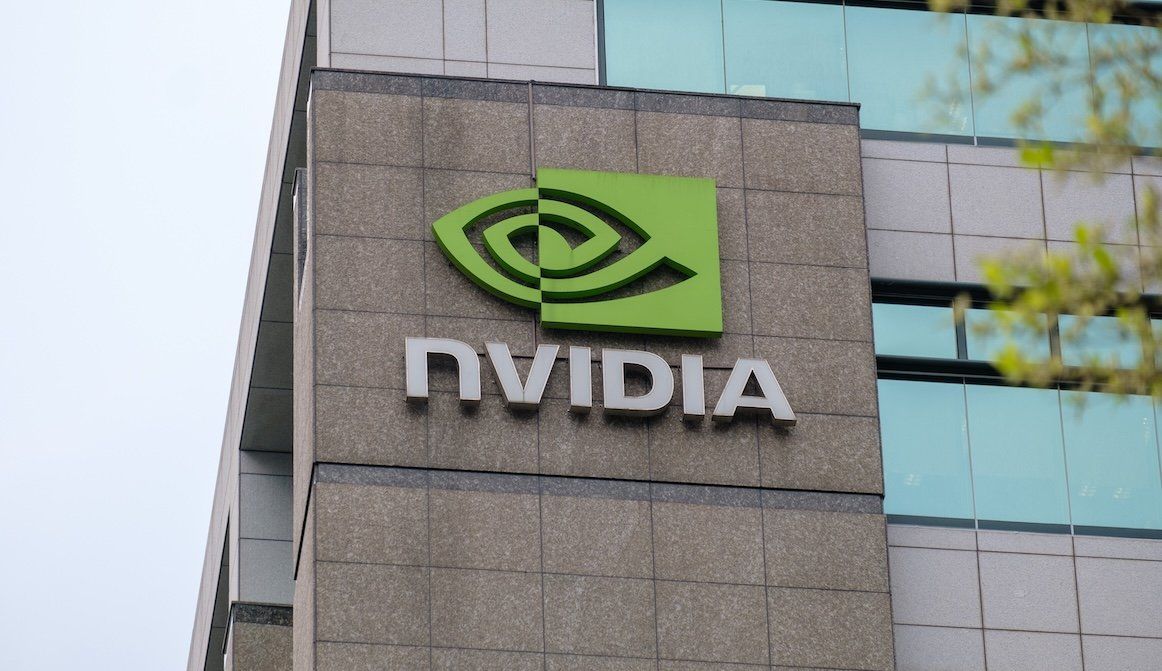The California-based chip giant is negotiating with Taiwan Semiconductor Manufacturing Company, or TSMC, the world’s top contract chipmaker, to manufacture its top-of-the-line Blackwell AI processors at TSMC’s Arizona facility. TSMC has invested billions to bring its high-tech manufacturing to the Southwest US, thanks in part to a $6.6 billion cash infusion from the Biden administration as part of the CHIPS and Science Act. Apple and AMD have reportedly already signed on to get their chips made in the Arizona plant when it starts production in the first half of 2025. That said, the chips won’t be entirely made in America: Final packaging is done back in Taiwan, which complicates and prolongs an already lengthy manufacturing process.
Halfway around the world, Nvidia CEO Jensen Huang met with the Thai and Vietnamese prime ministers last week as the company makes inroads in Southeast Asia. Nvidia also announced plans to establish Nvidia’s first research and development center in Vietnam, along with the acquisition of Vietnamese healthcare startup VinBrain for an undisclosed sum. In Thailand, the company signed a cloud deal with a company called SIAM.AI Cloud. Huang also emphasized the importance of “sovereign AI,” meaning that every country should have its own AI infrastructure and models.
In China, however, Nvidia is facing new scrutiny: The State Administration of Market Regulation is reportedly investigating whether the chipmaker violated antitrust laws when it acquired the Israeli-American company Mellanox in 2020. China previously gave conditional approval of the nearly $7 billion deal, but more than four years later, with the US restricting Nvidia from selling its most powerful chips to Chinese companies, the country is seeking new ways to gain leverage. A Nvidia spokesperson said the company is “happy to answer any questions regulators may have about our business.”
